A.F. Styles

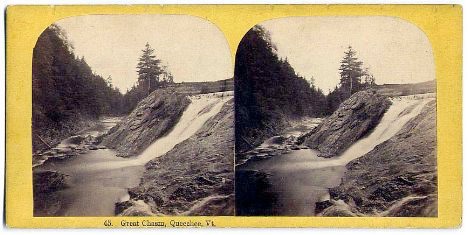
A. F. Styles--the Stereographs
This is one of those small contributions that I hope a stray Vermonter, stereoview collector, or photographer might enjoy. I'm hoping others will add their images and we might approach a complete visual catalog of the Adin French Styles views, which date from around 1865 to 1871.
Of all the photographers to attempt this with, why Styles? Frankly, the first reason is I like so many of his views. As simple as they are, they are superbly seen. He also processed them well, so what we have remaining, even at 140 years, is largely in wonderful physical condition. The second reason is more practical--the project seems achievable. Styles numbered his output, he has a fairly limited but well documented catalog (some 700 views in all), and the cards (each the standard size, about 3 1/2 by 7 inches) are still available fairly readily.
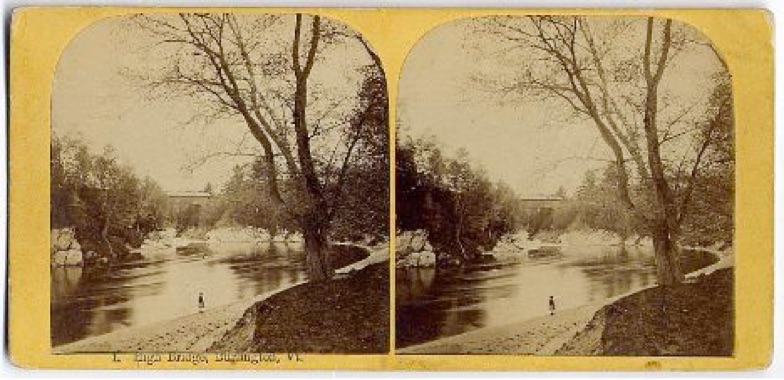
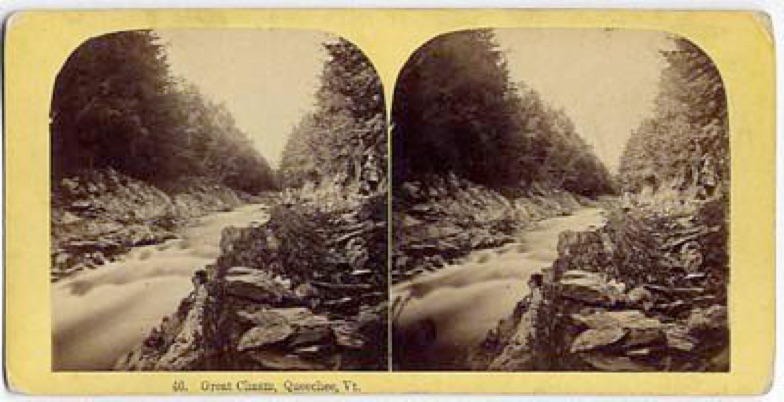
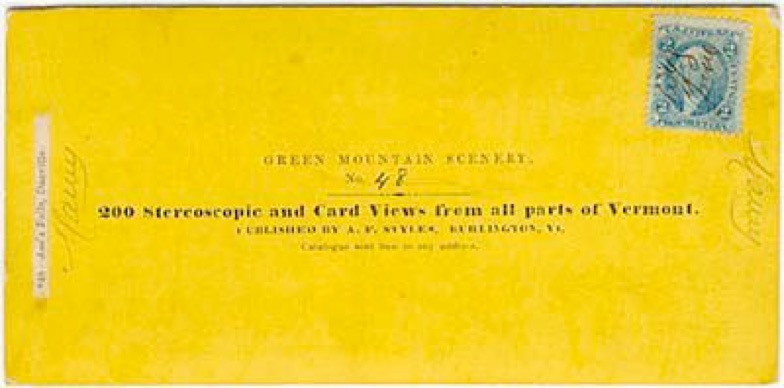
Another couple of typical fronts, caption to the lower left (showing maple sugaring in action):
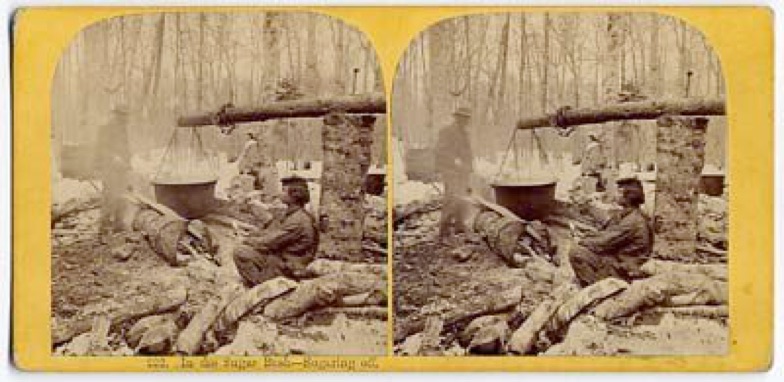
Here is the famous "fancy" back, from the late 1860s:
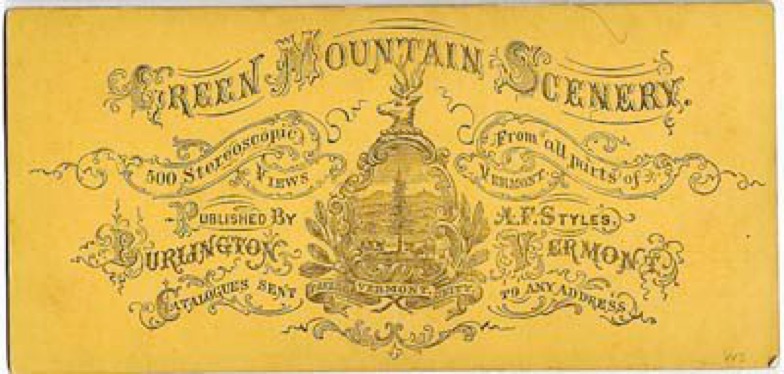
It's worth noting that this is about as "good" as stereoview backs get, but even better is W.H. Jackson's design. Not a coincidence-- Jackson learned photography in the mid-1860s (around 1864) from Styles before going West his Omaha era and his famous Yellowstone work.
After about two or three years, the fairly plain front and fancy back combination gave way to a fancier front (a groovy semi-script typeface used for side captions) and a completely blank back. This has an unusual Lake Memphremagog caption.
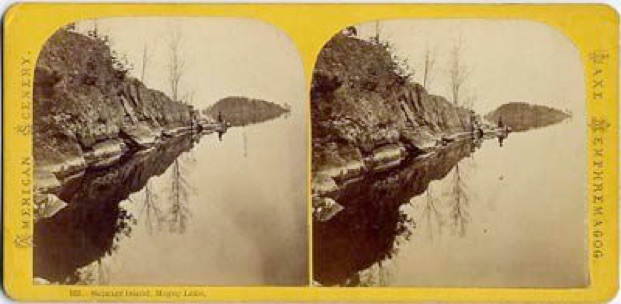
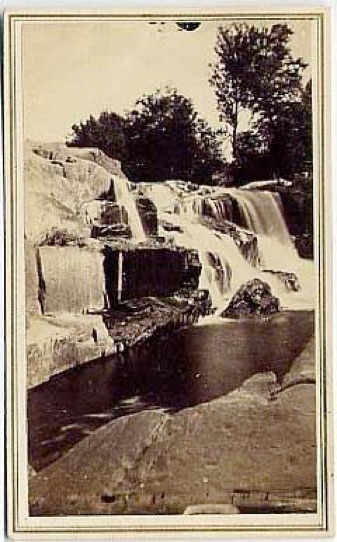
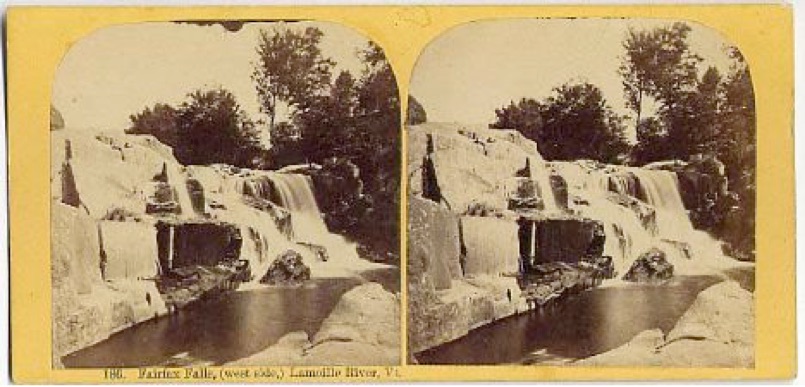
A Beginning A.F. Styles Resource:
This is the best list of all the Styles views, both from the photographer’s own published catalog and from later additions, which are incomplete but give a good overview.
The Stereoviews of A.F. Styles (1996), by T.K. Treadwell. The Institute for Photographic Research View List Series #24, 1st Edition, August 1996.
---------------------------
If for some reason you want more information about me, a starting point is this site of my photographs.
WILLIAM JAEGER
I’ve been teaching History of Photography at the University at Albany for over twenty-five years.
I've also published an eight page popular article for Adirondack Life on stereoviews of the Adirondacks, and the editors and staff there did a fabulous job of laying it out and making it beautiful. Full color. Go to their web site and order a copy of the June 2005 issue! If you are new to stereoviews, you won't regret it.
To contact me: wmjaeger@gmail.com
Notice:
In fairness to everyone who has freely donated time and knowledge, not to mention scans of countless views, please do not use any images or text from this site without permission, which can be had by asking. Thanks to all, especially Stuart Butterfield, Bob Thompson, Guenther Bauer, and Paul Rubinstein. Tobias Woodard has kindly pointed out a collection of Styles views at the University of Vermont in their Landscape Change website:
Apologies for mistakes. Dates are often estimates. I’m glad to hear from those who know more.
The CDV
or carte-de-visite was the bread-and-butter portrait format for the average person from the mid-1850s all through the 60s and beyond (even as larger sizes appeared). And Styles naturally made many portraits, like this one here, front and back. Note the fun back with camera, chair, and measuring instruments.
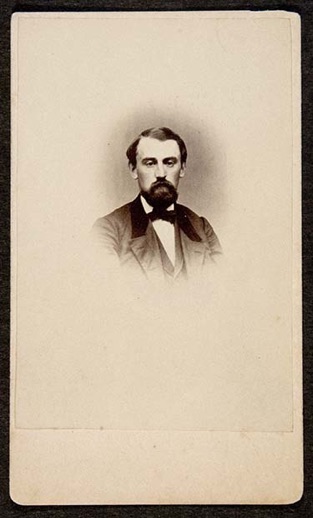
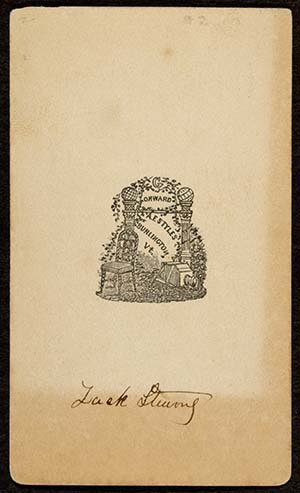
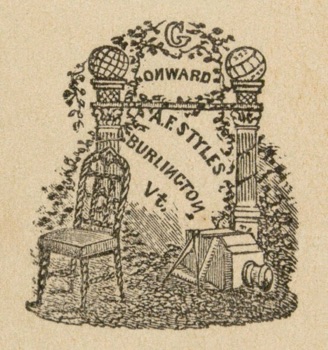
Most of the views by Styles that appear in regional series are broadly generic, such as White Mountain Scenery or Green Mountain Scenery.
The typeface for the edge information during his main period was probably supplied by the firm that printed the cards (regional houses seemed to exist to do some of the production work). Styles probably mounted them himself, but even this isn’t certain. An unusual (and not necessarily earlier) version below might suggest a different supplier of cards than usual:
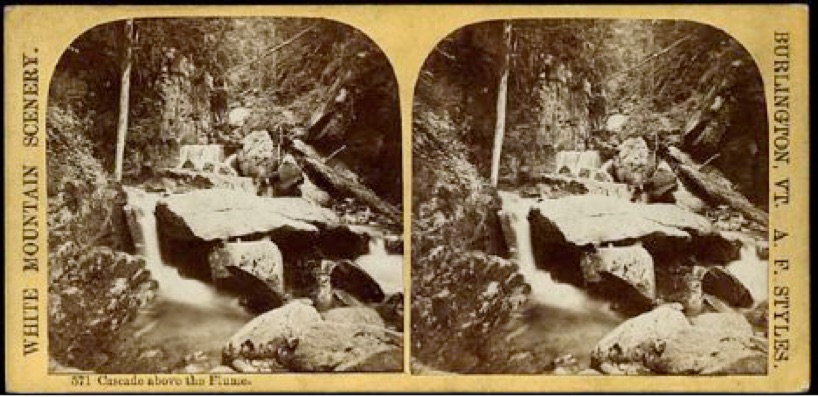
And one last note on the New England cards--nearly all are plain old landscapes. A few street scenes show up in Vermont. And a few rare ones show boats, including this unusual interior view (#386):
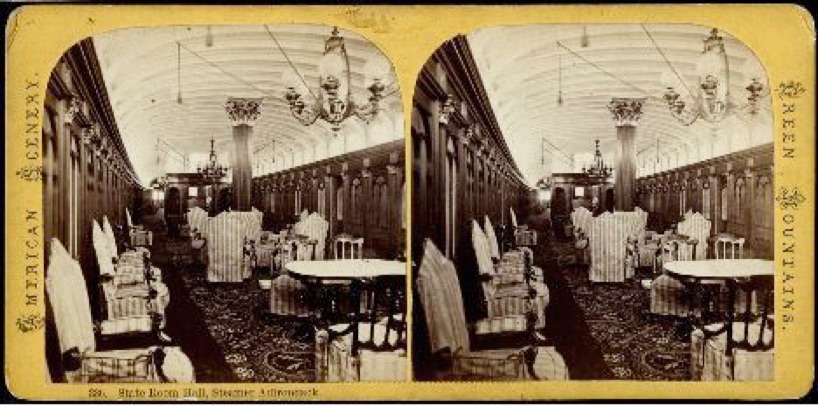
And surprisingly few included people. Here’s another one of several views he made of maple syrup production.
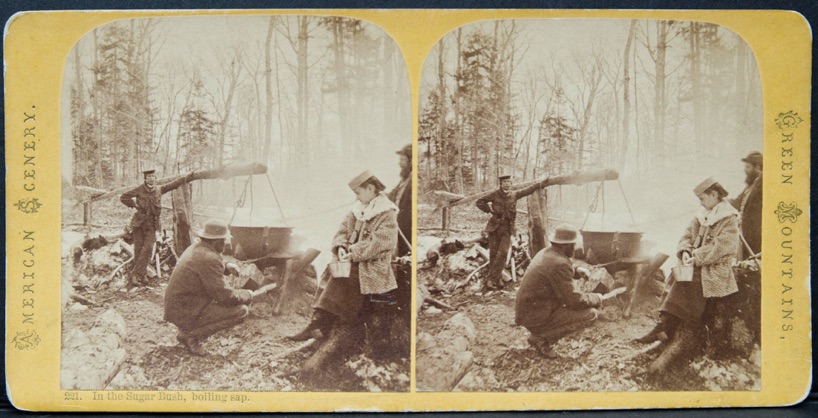
And a view of an Adirondack scene, with humans. This series has the latest numbers and seems to be his last set of views from around 1871, when he stopped working.
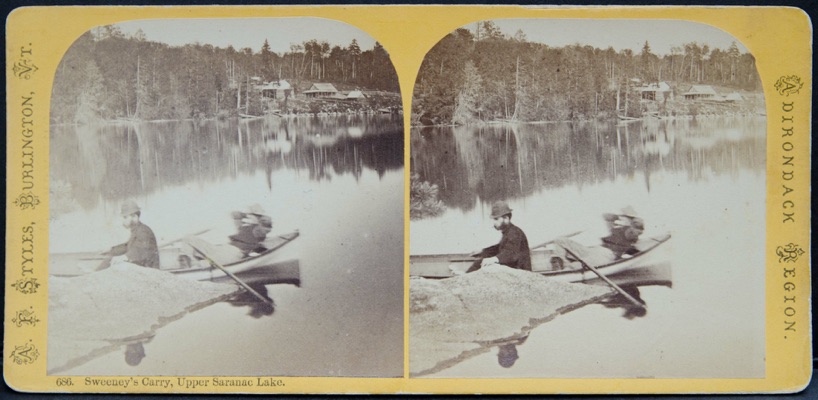
The Florida views (usually but not quite always on green mounts, and usually of inferior quality):
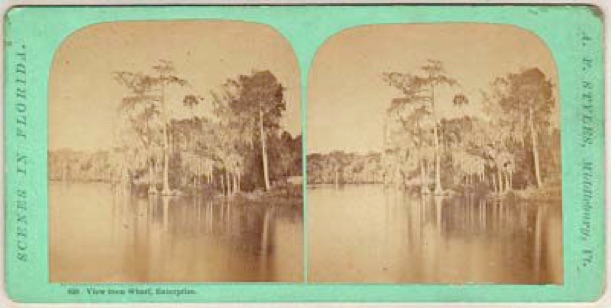
There is also an extensive set of views of Rome and environs called the "Roman Antiquities" but it is likely (though not certain) these were photographed by someone else. This is the suggestion by T.K. Treadwell in his basic list and biography, cited below, but it is also my visual hunch, based on the angle of view and their sense of composition. They are as staid and unimaginative (photographically) as most European views of the period.
I don’t have an example yet.